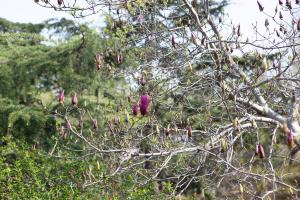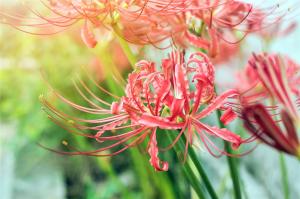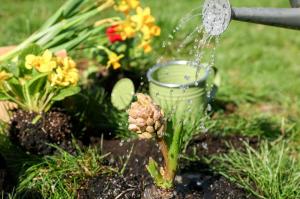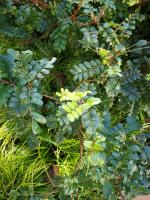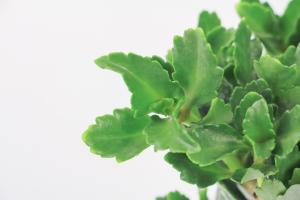A Colourful Plant Organism That Grows on Tree Trunks
If you've ever taken a walk through a forest, you may have noticed colourful plant organisms growing on tree trunks. These plants are known as lichens, and they are fascinating in both their appearance and their biology.
What Are Lichens?
Lichens are not single organisms but instead represent a partnership between a fungus and a photosynthetic partner, which is typically either an alga or a cyanobacterium. The fungus provides a home and protection for the photosynthetic partner, while the photosynthetic partner provides food for both itself and the fungus. This partnership is so close that lichens are often referred to as a single organism, even though they are composed of two distinct types of organisms.
The Beauty of Lichens
One of the most striking things about lichens is their beauty. They can come in a wide variety of colours, including green, yellow, orange, red, and blue-gray. These colours are due to the photosynthetic partner within the lichen, which gives it its distinct hue. Different species of lichens can also have unique forms and textures, ranging from powdery and crust-like to leafy and bushy.
The Importance of Lichens in Nature
Despite their small size, lichens play an important role in the ecosystem. They are often one of the first organisms to colonize a new area, and they can survive in harsh environments where other organisms cannot. Lichens are important indicators of air quality, as they are sensitive to pollutants such as sulfur dioxide and heavy metals. Additionally, lichens are a source of food for many animals, including deer, caribou, and moose.
Lichens as Medicine and Dyes
Lichens have been used for medicinal purposes for centuries. The species Usnea, for example, has been used to treat respiratory ailments and infections, while the species Cladonia rangiferina has been used to treat urinary tract infections. Lichens have also been used as a source of dyes, with species such as Xanthoria parietina used to create a yellow dye, and Roccella tinctoria used to create a red dye.
The Threats Facing Lichens
Despite their many benefits, lichens are facing threats from human activities. They are often disrupted by habitat loss and pollution, which impairs their ability to photosynthesize and reproduce. In addition, climate change is causing shifts in the distribution and abundance of lichens, with some species declining in certain areas and others spreading to new locations.
The Persistence of Lichens
Despite the challenges facing them, lichens are remarkably resilient organisms. They have survived for millions of years by adapting to changing environmental conditions, and they continue to persist today in many areas around the world. As we strive to protect and preserve the natural world, understanding the biology and importance of lichens is an important step in ensuring their continued survival.

 how many times do yo...
how many times do yo... how many planted tre...
how many planted tre... how many pine trees ...
how many pine trees ... how many pecan trees...
how many pecan trees... how many plants comp...
how many plants comp... how many plants can ...
how many plants can ... how many plants and ...
how many plants and ... how many pepper plan...
how many pepper plan...